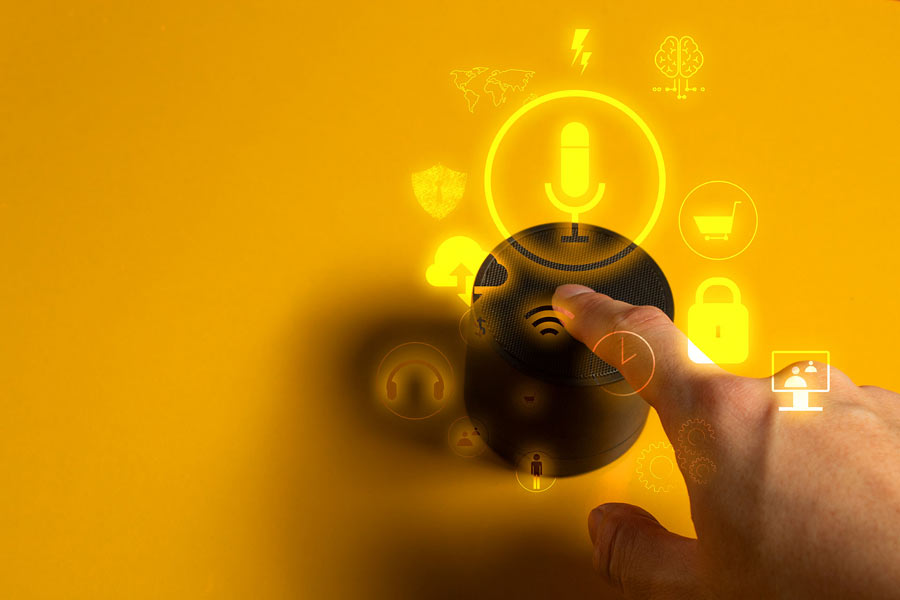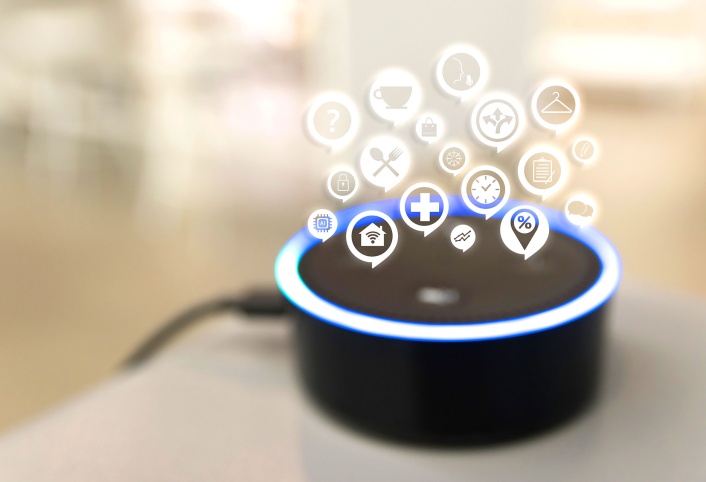Imagine walking into your home after a long day, your hands full, and simply saying, “Turn on the lights.” Instantly, your living room is illuminated. No switches, no fumbling in the dark—just a seamless, hands-free command. Welcome to the world of voice-activated home systems, where convenience meets cutting-edge technology.
Evolution of Voice-Activated Technology
Voice recognition technology has come a long way since its early days. Initially, it struggled with understanding basic commands, often resulting in frustrating user experiences. However, with advancements in artificial intelligence (AI), voice control capabilities have seen a significant leap forward. Modern systems don’t just recognize words; they understand context, accents, and even the nuances of natural speech.
Integrating voice-activated systems with smart devices has revolutionized how we interact with our homes. Smart speakers like Amazon Echo and Google Home have become household staples, connecting to thermostats, lighting systems, and even refrigerators. This integration has turned once mundane tasks into effortless activities managed through simple voice commands.
Benefits of Voice-Activated Home Systems
The primary allure of voice-activated home systems is the enhanced convenience and accessibility they offer. Think about how much simpler daily routines become when you can control your environment with your voice. From adjusting the thermostat while lounging on the couch to setting reminders without lifting a finger, voice commands streamline everyday life.
For users with accessibility needs or disabilities, this technology is transformative. It provides a level of independence that was previously unattainable, allowing individuals to manage their home environment without physical barriers.
Hands-free operation is another significant benefit. Picture yourself cooking dinner, hands covered in flour, and needing to adjust the kitchen lights. Instead of scrambling to clean your hands, you can simply say, “Dim the lights.” This functionality extends to various scenarios, from entertaining guests to managing multiple tasks simultaneously, making voice-activated systems indispensable in a busy household.
Practical Applications and Use Cases
Voice-activated technology shines in home entertainment. With a simple command, you can play your favorite playlist, stream a movie, or control the volume of your smart TV. It creates an immersive, hassle-free entertainment experience that feels almost magical.
In the realm of smart home security, voice control adds an extra layer of convenience and safety. Imagine arming your security system as you head to bed by saying, “Secure the house.” You can also check security camera feeds or receive real-time alerts through voice commands, ensuring your home is protected without needing to lift a finger.
Integration with AI Assistants and Ecosystems
Virtual assistants like Amazon’s Alexa and Google Assistant are the brains behind many voice-activated home systems. These AI-powered helpers can manage your schedule, provide weather updates, answer questions, and control a wide array of smart home devices. Their integration into daily life is seamless, making them indispensable tools for modern living.
Ecosystem compatibility is crucial for the smooth operation of voice-activated systems. The ability to integrate with various brands and devices without compatibility issues is essential. While some challenges remain, advancements in technology are steadily addressing these interoperability concerns, paving the way for more cohesive and comprehensive smart home ecosystems.
Future Trends and Innovations
The future of voice-activated home systems is bright, with exciting advancements on the horizon. Improvements in Natural Language Processing (NLP) are set to enhance the accuracy and responsiveness of voice recognition technology. This means that our interactions with smart home systems will become even more intuitive and natural.
Additionally, the expansion of voice-controlled devices is expected to reach new heights. From healthcare applications, where voice commands could assist in patient care, to automotive technology, where drivers can control their car’s functions without taking their hands off the wheel, the possibilities are endless.
Conclusion
Voice-activated home systems are not just a futuristic concept; they are here and transforming how we live. The convenience, accessibility, and enhanced functionality they offer are undeniable. As technology continues to advance, these systems will only become more integrated into our daily lives, making the future of home automation an exciting frontier. So, imagine a world where you control everything with your voice—it’s not just a dream; it’s the future of living.




